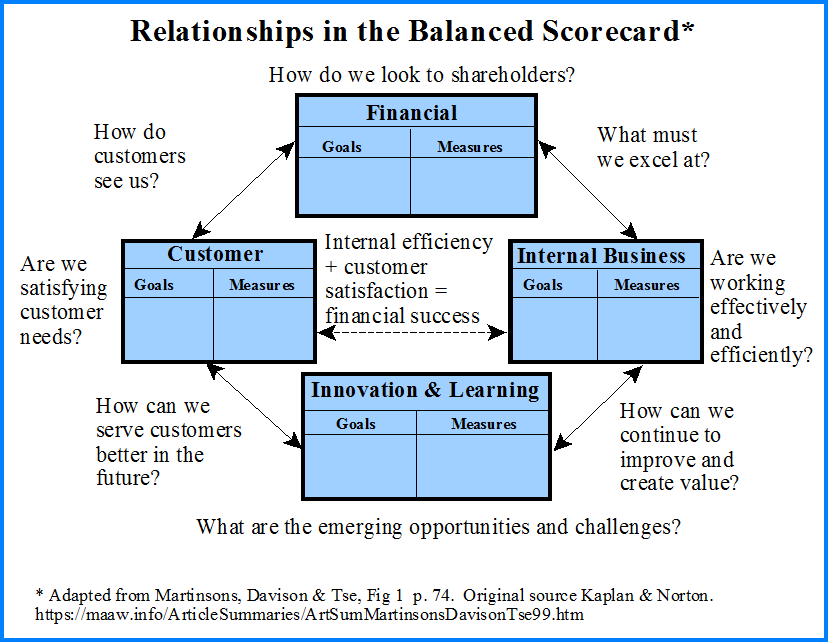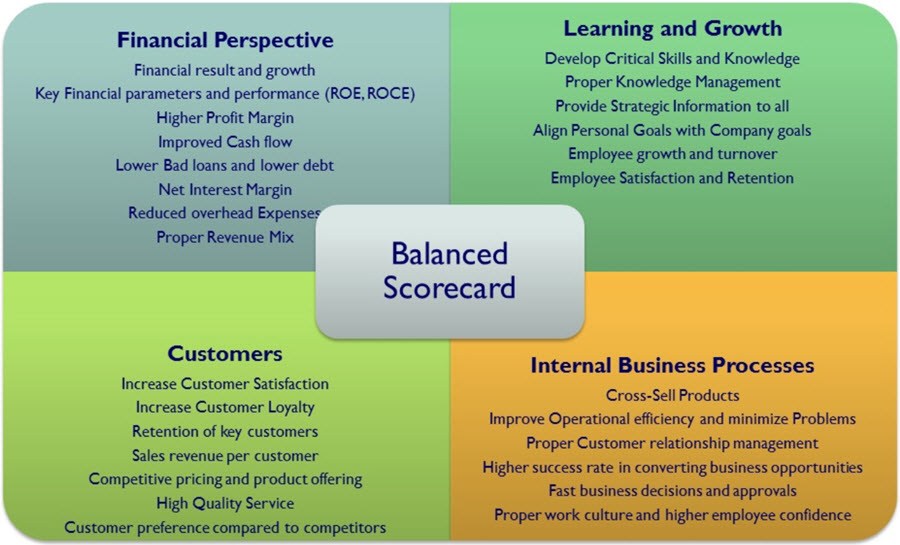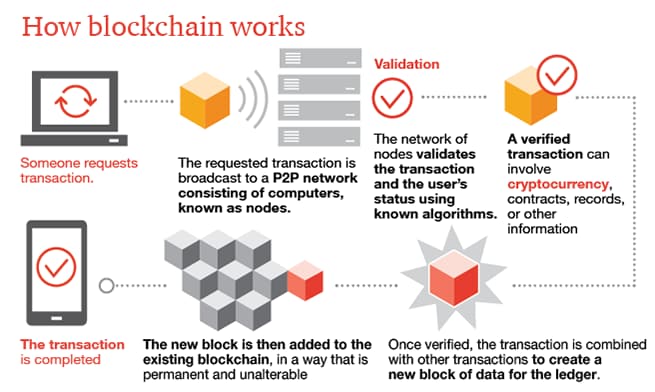How might driver-based forecasting—an approach that bases financial forecasts on operational drivers—support your company's performance management needs? In the following Q&A—based on questions asked by participants during a live webcast on the topic—we discuss driver-based forecasting, the business models that lend themselves to this approach, and alternative planning and forecasting approaches.
We have a very low-tech environment and do most of our work in spreadsheets. Is implementing driver-based forecasting even possible for us?Absolutely. Implementing driver-based forecasting is something you can set up in a spreadsheet environment for the purposes of scenario analysis with a very small, limited-use footprint. But to get even more value from driver-based forecasting you need an integrated platform where you can see the consensus forecast across the company, measure performance against drivers, and run a distributive process. It's possible to set something up through a spreadsheet, though an integrated tool can better execute this.
What are the biggest hurdles in implementing driver-based forecasting?Getting organizational alignment around the entire framework tends to be the biggest hurdle. Everyone needs to understand their role in the driver-based framework—what pieces they own, what pieces they are accountable for. And you need to get alignment throughout the organization on which drivers and rates you'll be using. If you try doing this in isolation, people won't buy into it and you won't get all of the value out of it that you otherwise might.
How many driver levels do you typically see for forecasting revenue? For example: Revenue = Volume x Price, Volume = Category Growth x Share, Share = Base Volume Share + Incremental Volume Share, and so on.We would suggest that it's even more complicated than just the levels. One of the challenges in the world of driver forecasting for revenue and volume is also your time window, because you can use different methods for the different time windows. The critical question is do you have good source data on your drivers. So if you have a good way to distinguish base and incremental, maybe through promoted or non-promoted or some other method by which you can isolate those drivers, then it is reasonable to bring them into the calculation. If you have an ability to look at distribution outlets, if you break down a channel, it can be reasonable to bring that in. One of the places where we see complexity emerge is where you expand it out too far into the theoretical and don't have any actual driver to bring into play. You may be able to add variables and levels of detail into your input, but they don’t necessarily give you an analytical benefit on the other side.
A big flaw I see in your model is the assumption that everything is variable in the short term. How do you account for fixed-cost elements that do not flex directly with volume?
This seems to be consistent with what we're saying. Some things lend themselves to driver-based forecasting, things that vary in cost and that flex with volume—typically volumes that are out of your control. For things that are more fixed, driver-based forecasting is probably not the best choice. Traditional or choice-based planning would be better, depending on whether you’re dealing with a discretionary or non-discretionary expense. You want to avoid artificially tying some driver to a fixed expense because you are trying to manage the overall cost envelope.
If I understand driver-based forecasting correctly, not only would you need a quality source for volume data but a very timely source so that leadership can manage appropriately. Do you agree?Yes, the timeliness of the information is critical. Typically we see the variance analysis being done after month-end close and your volume data will be linked in to that process. When you bring in your actual data for financial values, you want to have an agreed-upon source to have these volumes brought in and then do that back calculation and do your three-way variance at that time. You can't be waiting three to six months down the line to get the data, because at that point you won’t be able to change course, if that's required.
Is there a preferred or optimal number of drivers to identify and manage on an ongoing basis?It depends. There is no set or preferred number of drivers. In fact, we are suggesting that there is no clear effective practice that applies to everybody. It comes down to, first, what is your business model and, from that, the appropriate type of spending. And second, what are you trying to measure and what are the analytical decisions you want to make out of that. If you look at the three case studies we talked about, the Internet company didn’t have many drivers at all. The wireless telecom employed about 15. And the manufacturer had many more. So it depends on the business model and what analytical question you’re trying to answer.
How do you segregate the implications of one discretionary project from other projects or external forces when measuring results to hold a specific project accountable for their estimate?To state your question another way: because so much can impact a driver or a rate, how can you effectively tie an investment or an initiative to one of those drivers or rates? This can be difficult. However, you can effectively apply it when you can tie your discretionary spending to a rate that is controlled internally, so you can filter out external, macro-economic factors. Suppose it is a rate that is controlled internally and you say, "You've been trending at $2,000 per unit against this particular driver, we're going to fund this investment but we expect to see that come down to $1,800." As long as everything is in the control of the organization and as long as six different investments aren't all hitting that same driver-rate calculation, you can tie a specific choice or investment with a particular driver over the long term. That said, it can be hard to do for a sales forecast because there are so many other factors. But thinking about it in a rigorous way and linking it into the planning model can be valuable process and make your business cases both more tangible and easier to understand.
Is an activity-based costing system a requirement for a successful driver-based forecasting system?No. You don't need to have activity-based costing in place to do driver-based forecasting. They can exist independent of each other. If you have activity-based costing, it can accelerate your adoption of driver-based forecasting because you already have an initial sense of those activities which drive cost and the rates associated with those. If you have both activity-based costing and driver-based forecasting, it is very important to keep those two in synch so that you have consistency between them. Activity-based costing is likely going to exist at a level of detail that is deeper than driver-based forecasting. So they have to point in the same direction while you maintain the balance between the levels of detail.
How do you select drivers and rates when the rate changes based on the frequency with which the drivers occur? That is, how do you account for economies of scale that occur as driver frequency increases?This brings up a couple of issues. One is planning process and you have to think about things like scales and changes to drivers within the timing of your planning process. Frequency is important. If a driver is adjusting at economies of scale every couple of months, you want a planning process that reflects that. If it changes more on an annual basis, same thing. Each company has to think about the rate of refresh — that is, how often do they execute their forecasting process or planning process and how do they deal with targeting and budgeting or forecasting and predicting. These questions are all related and it is hard to answer more definitively without knowing the frequency of your organization's process.
Breakeven analysis is very helpful as a predictor of profitability. How would you implement it? And what about the variable vs. fixed-cost challenge?The driver-based model can be a very rigorous way to do a breakeven analysis for a new product or introduction. If you have the model figured out, you can plug in any sort of new growth and even isolate the other parts of the business that you don't want to model. Take the example of a new introduction. You can input that into a driver-based model and, for all the variable pieces, have that flow through and understand the full cost. You then need to understand what the fixed costs attributable to the new product introduction would be—and this is where the more traditional or choice-based planning would come in. This puts you at that point where you've got the breakeven analysis. The driver-based model can help blow out the variable piece of the breakeven analysis, but not the non-driver-based pieces.
How can product mix (e.g., returns) be factored into the volume/rate variance calculations?
You have to bring in product-level volume at a level of detail low enough to support the analysis. Bring in enough level of detail to make the analysis accurate. One might be product family and another might be stock keeping unit (SKU) level, depending on the importance of mix and margin.
You do have control over volume of returns as you drill down to why the returns occurred in the first place.The enterprise may have some control—for instance, product development has control over how simple they make the product—but it’s still beyond the control of the person forecasting returns expense.
Is there an average time required for each planning type by specific industries?Some people are more effective and efficient than others. And some industries that are more capital intensive may take longer. But we don’t see averages by industry.
Aren't those post-mortems often too late with capital expenditures?We believe the process of doing a post mortem is more important than the timing of it.
Tadd MorgantiManaging Director | Deloitte Consulting LLP
tmorganti@deloitte.com
www.gmsisuccess.com









